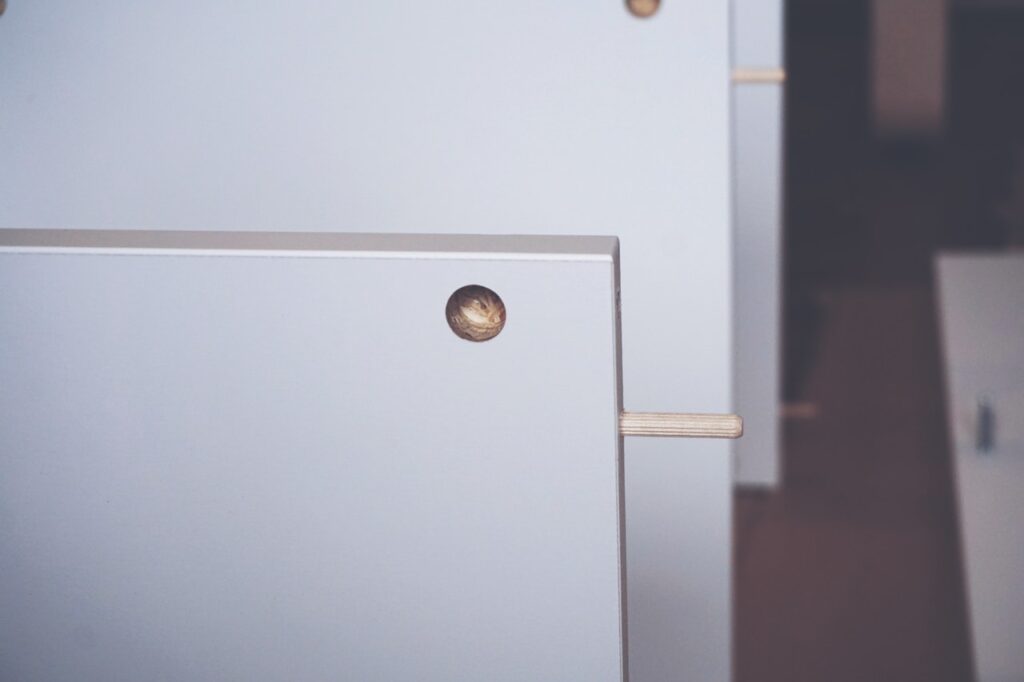
Back to its roots
5 June, 2020
Furniture behemoth IKEA can trace its origins to the moment when a Swedish boy in a forest realised that you can combine sawdust and glue to make a form of wood – or so the story goes.
Fast forward to today, and the largest furniture retailer in the world has decided to go back to its roots by announcing a partnership with the Ellen MacArthur Foundation along with a commitment to become fully circular by 2030. The partnership aspires to help the transition of the industry by inspiring young designers to create the next generation of furniture with circularity in mind, as well as to help IKEA develop and promote circular business models to consumers (centered around reuse, refurbishment, remanufacturing or recycling – but only as a last option!)
These bold new targets should come as no surprise as sustainability has always been on Ikea’s agenda. It has been trialling take-back schemes, buy-back schemes and recycling schemes in various markets for some time. What’s more, IKEA recently recorded its first year-on-year decrease in its carbon footprint, despite the growth of its operations, and its sustainability report shows that over 60% of materials are renewable today.
As much as we love it when a company pledges to go circular or sets bold sustainability targets, this one is definitely challenging – there is a lot to change in ten years. The stores, the prices, the cafés and the well-priced and covetable products all encourage us to buy more, rather than to buy better. And if the snaking line of consumers in the car park last weekend as IKEA reopened its doors is anything to go by, lockdown has done nothing to dampen the British public’s love affair with Billy bookcases and large bags of tealights.
By Marie Guérinet
 Back to all friday 5
Back to all friday 5